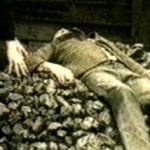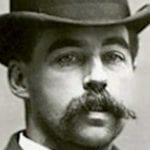 Technology
Technology  Technology
Technology  Humans
Humans 10 Everyday Human Behaviors That Are Actually Survival Instincts
 Animals
Animals 10 Animals That Humiliated and Harmed Historical Leaders
 History
History 10 Most Influential Protests in Modern History
 Creepy
Creepy 10 More Representations of Death from Myth, Legend, and Folktale
 Technology
Technology 10 Scientific Breakthroughs of 2025 That’ll Change Everything
 Our World
Our World 10 Ways Icelandic Culture Makes Other Countries Look Boring
 Misconceptions
Misconceptions 10 Common Misconceptions About the Victorian Era
 Mysteries
Mysteries 10 Strange Unexplained Mysteries of 2025
 Miscellaneous
Miscellaneous 10 of History’s Most Bell-Ringing Finishing Moves
 Technology
Technology Top 10 Everyday Tech Buzzwords That Hide a Darker Past
 Humans
Humans 10 Everyday Human Behaviors That Are Actually Survival Instincts
 Animals
Animals 10 Animals That Humiliated and Harmed Historical Leaders
Who's Behind Listverse?

Jamie Frater
Head Editor
Jamie founded Listverse due to an insatiable desire to share fascinating, obscure, and bizarre facts. He has been a guest speaker on numerous national radio and television stations and is a five time published author.
More About Us History
History 10 Most Influential Protests in Modern History
 Creepy
Creepy 10 More Representations of Death from Myth, Legend, and Folktale
 Technology
Technology 10 Scientific Breakthroughs of 2025 That’ll Change Everything
 Our World
Our World 10 Ways Icelandic Culture Makes Other Countries Look Boring
 Misconceptions
Misconceptions 10 Common Misconceptions About the Victorian Era
 Mysteries
Mysteries 10 Strange Unexplained Mysteries of 2025
 Miscellaneous
Miscellaneous 10 of History’s Most Bell-Ringing Finishing Moves
Top 10 International Murder Mysteries From A Century Ago
Each country has its own dark history filled with crimes where the killer was never brought to justice. It’s unlikely that we’ll ever find out who murdered these ten people. Even if we did, the perpetrators would be long dead, since these crimes occurred roughly a century ago. Even so, they show us that murder is a global phenomenon, one which has horrified yet also fascinated us for a long time.
10 Al Swearengen
1904
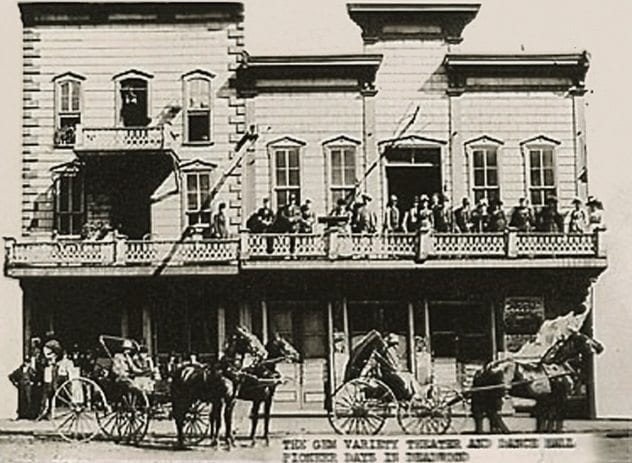
Fans of the TV show Deadwood will recognize Al Swearengen as the foul-mouthed owner of the Gem Theater brothel. However, the cancellation of the show meant that most viewers never found out what ultimately happened to their favorite characters.
Swearengen left Deadwood in 1899, after the Gem burned down for a second time. He went to Oskaloosa, Iowa, to live with family. For decades, the story was that a penniless Swearengen died in 1904 while trying to hop on a freight train. A recent discovery, however, suggests that he was the victim of murder.
In 2007, Jerry Bryant, historical archaeologist at the Adams Museum in Deadwood, rediscovered Swearengen’s obituary. It said that the former brothel owner was found dead in the streets of Denver. He died from a head wound courtesy of a heavy, blunt object.
Following this revelation, Bryant went back and examined all evidence related to Swearengen to piece together his last years. His assault came soon after his twin brother, Lemuel, was attacked near his Oskaloosa home. Lemuel was shot five times but wasn’t robbed despite having $200 on him. Bryant believes it’s possible that the attacker mistook Lemuel for his brother, who was the real target. He has no doubt Al was murdered, but it’s unlikely we’ll ever find out who the killer was. Given Swearengen’s dark past, revenge was the most plausible motive.
9 James Douglas Edgar
1921
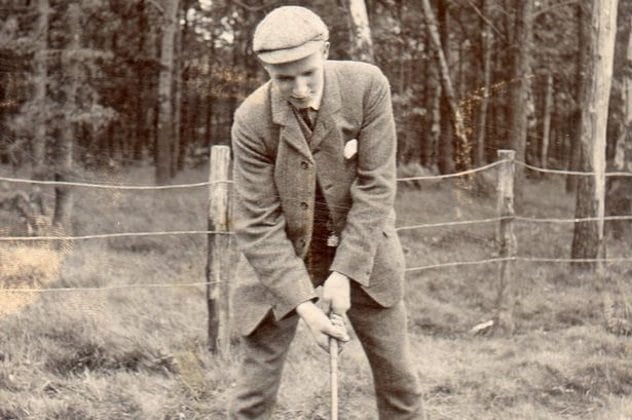
In his heyday, fellow golfers touted James Douglas Edgar as the soon-to-be-greatest player of all time. After initial success in Europe, Edgar traveled to the US in 1919. He won three PGA Tours. However, his career ended drastically when he died mysteriously at the age of 36 in Atlanta.
On August 8, 1921, three men were driving home from work when they saw another man sprawled onto the street. One of the trio, a 20-year-old reporter named Comer Howell, recognized the injured man as Edgar. He had a bleeding wound on his left leg, which prompted Howell to scream that Edgar had been struck by a car. The golfer died soon afterward.
The press ran with the story that Edgar’s death was a hit-and-run, but Howell wasn’t convinced, even though he was the one who claimed it first. According to the pathologist, Edgar had no broken bones and only a few scrapes and bruises. Cause of death was blood loss from a single, small wound that cut the femoral artery.
Howell became convinced that Edgar was murdered and started his own investigation. He never came up with any suspects, but he did uncover a possible motive. It turned out that Edgar was a fan of drinking and gambling and had a propensity for affairs with married women. A scorned lover or an angry husband would have made a likely killer.
8 Montrouge Torso Murder
1886

Saint-Pierre-de-Montrouge is a small church in Paris built during the mid-19th century. For most of its history, it has been a place of solace. This wasn’t the case, however, on one November morning in 1886, when locals discovered the mutilated body of a woman dumped on the church’s doorstep.
The mangled corpse was missing its head, legs, and right hand. It also had its uterus removed and right breast cut off. The victim was never identified, although police knew she was a young woman, most likely a prostitute.
Brutality aside, what made this murder truly remarkable was the similarity to a series of killings that plagued London a few years later. Between 1887 and 1889, four women were murdered and mutilated, with their torsos and other remains dumped around the city, primarily in the Thames.
Many modern crime buffs have linked these murders together, leading to speculation that the Montrouge murder was committed by the same person. At the same time, some ripperologists believe Jack the Ripper was the one responsible for the Thames torso murders. Going by this line of thinking, the torso left at Montrouge church could have been Jack’s first known victim.
7 Ottavio Bottecchia
1927
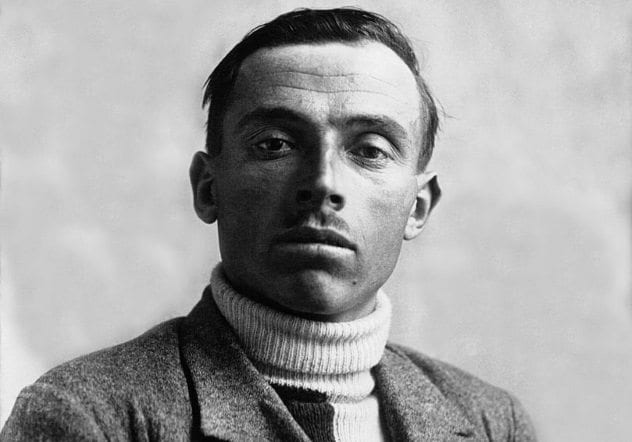
Ottavio Bottecchia took up competitive cycling after serving as a bike messenger in World War I. He won several competitions in his native Italy. He then moved to France, and in 1924, he became the first Italian to win the Tour de France. Three years later, Bottecchia was found dying by the side of the road near the Italian village of Peonis. He had a cracked skull and several broken bones. He was taken to a hospital but died days later without ever regaining consciousness.
The official cause of death was sunstroke, which caused the cyclist to crash into a fence. The biggest problem with this idea, though, was that the bike was found propped up against the fence with no damage to it. This also eliminated the notion that Bottecchia could have been hit by a car.
Several stories regarding Bottecchia’s demise have sprung up, two of them courtesy of deathbed confessions. In one of them, an Italian man in New York City alleged that he was a hitman who had killed the cyclist. In another, a farmer confessed that he threw a rock at Bottecchia, thinking he was stealing his grapes.
Arguably, the most intriguing story claimed that Bottecchia murdered by fascists. Although not an open opponent of Mussolini, Bottecchia’s socialist leanings were well-known. His popularity with the Italian people could have made him a danger to the regime. This conspiracy theory was compounded by allegations that the fascists quickly closed the investigation into his death.
6 Haim Arlosoroff
1933
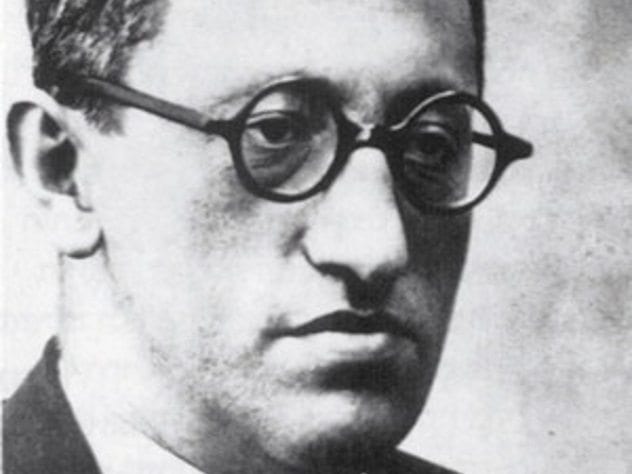
As a leader of the Zionist movement, Haim Arlosoroff had plenty of enemies. Nazis, Arabs, and even opposing Zionist political parties have been accused of his murder, as have nonpolitical criminals such as an attempted rapist.
On the night of June 16, 1933, Arlosoroff checked into his hotel in Tel Aviv and was taking a stroll on the beach with his wife, Sima. They were approached by two men who asked, “How much was the time?” One of them then pulled out a gun and shot Arlosoroff.
Police soon had a prime suspect: Avraham Stavsky, member of a Revisionist Zionist group named Betar. Police also arrested two accomplices: Ze’ev Rosenblatt and Abba Ahimeir. Stavsky alone was convicted and sentenced to death, but his conviction was later overturned.
Another potential culprit was Abdul Majid, an Arab local who confessed to the murder while serving time for another crime. He later retracted his confession, claiming he was paid off by Stavsky’s group. He later retracted his retraction. Believers in Majid’s guilt point to the awkward phrasing of the question “How much was the time?” suggesting that the killer was not a native Hebrew speaker.
The most alluring theory posits that the killers were assassins hired by Arlosoroff’s former neighbor and lover, Magda Friedlander. She later married and became Magda Goebbels. She killed Arlosoroff out of concern for her reputation, should her dalliance with a Jew be discovered.
5 Honour Bright
1925

Just three years after it was formed in 1922, the Irish Civic Guard was in hot water with the public as one of its superintendents was in the midst of a highly publicized murder case.
The victim was Lizzie O’Neill, a prostitute who frequented an area of Dublin known as the Liberties, going by the name Honour Bright. Her body was found in the early morning on June 9, 1925, in Ticknock, miles away from her home. She had been shot through the heart.
Another prostitute said she saw O’Neill working her usual spot that night. A man came up to her, paid Lizzie ten shillings, and asked for her help finding another prostitute who had robbed him earlier that night. He also warned that his friend waiting in a grey sports car was a superintendent with the Guard who would round up everyone if he didn’t recover his belongings.
Since cars weren’t that common back then, police tracked it to a Dr. Patrick Purcell. His friend was Superintendent Leo Dillon. However, Purcell claimed they last saw Bright driving off in a taxi alive and well. Police tracked down the taxi driver. He claimed the grey sports car was waiting at Leonard’s Corner, where he dropped O’Neill off, not where he picked her up.
Purcell and Dillon were charged with Bright’s murder. Their defense was that the taxi driver was simply lying. In the end, a jury had to acquit them on lack of evidence. Their careers suffered, but nobody else was convicted of O’Neill’s murder.
4 Erik Jan Hanussen
1933
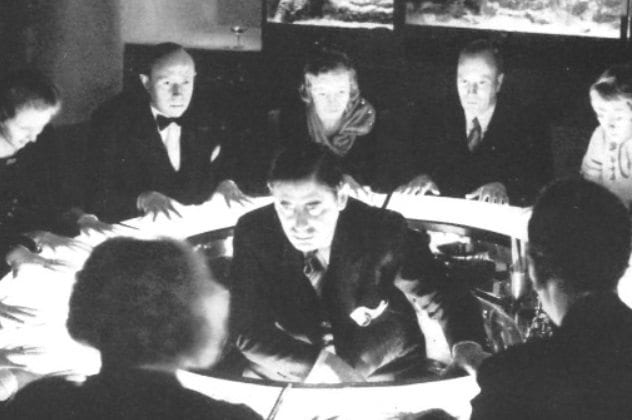
Erik Jan Hanussen, a self-proclaimed clairvoyant and mentalist, wowed German audiences of the 1920s with his feats of seemingly supernatural ability. He even made a fan out of Adolf Hitler.
Hanussen knew how to play into Hitler’s interest in the occult. The two became close after the clairvoyant prophesied that Hitler would become Reichschancellor. According to some notes, Hanussen even gave him lessons on using psychology and subtle gestures while speaking in front of large crowds.
Soon enough, the Reichstag fire happened. Rumors even spread that Hanussen hypnotized the communist arsonist, Marinus van der Lubbe, into setting the fire. Hitler became chancellor, and the Nazis seized absolute power. On March 25, 1933, Hanussen was assassinated, and his body was quickly disposed of outside Berlin.
No Nazi connection to his assassination was ever proven. Theoretically, his death could have been a random crime or a robbery gone wrong. However, the Nazis had strong motives for wanting him dead. The most obvious reason was that Erik Jan Hanussen, the man claiming to be descended from Danish aristocracy, was actually born Hermann Steinschneider, a Moravian Jew. For obvious reasons, the Nazis wanted to distance themselves as far as possible.
Another theory holds that Janussen simply knew too much, particularly about Nazi involvement in the Reichstag fire. It was also possible that other Nazi high-ups such as Goebbels or Goering wanted him dead because they owed him money or because he was too close to the fuhrer. Janussen’s murder was quickly swept under the rug, and nobody was ever convicted.
3 Cecil Hambrough
1893
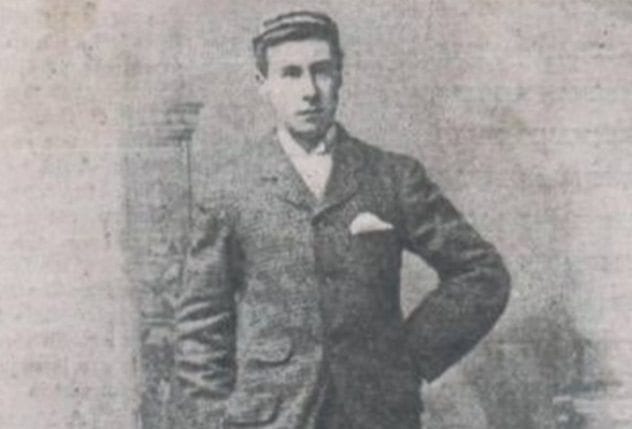
The Ardlamont mystery of 1893 was a high-profile murder trial in Edinburgh. It later led to an equally famous defamation trial in London, which became a landmark case in libel law.
It all started when a man named Alfred John Monson moved to the Ardlamont Estate in Argyll, Scotland, to work as a gentleman’s tutor for 20-year-old Cecil Hambrough. The two went out hunting on August 10, 1893, accompanied by a friend of Monson’s named Edward Scott. Witnesses said they heard a shot and then saw Monson and Scott returning with the guns. When asked what happened, they claimed that Cecil Hambrough shot himself by mistake while climbing over a fence.
An investigator came to look into the fatal accident. At first, Monson was not a suspect. After all, he lost his job with the death of Cecil Hambrough. Things changed a few weeks later, when Monson announced that Hambrough had two life insurance policies in Monson’s wife’s name, made just days before his death. With a clear motive, Monson became the prime suspect and was soon charged with murder.
He was guilty in the eyes of the public. The jury, however, was not convinced, even when famed surgeon and Sherlock Holmes inspiration Joseph Bell testified against him. The Scottish verdict of “not proven” allowed Monson to walk free.
A year later, Madame Tussaud’s in London unveiled a Monson waxwork in their Chamber of Horrors. He successfully sued them for “libel by innuendo” and was awarded one farthing in damages.
2 Gareth Jones
1935
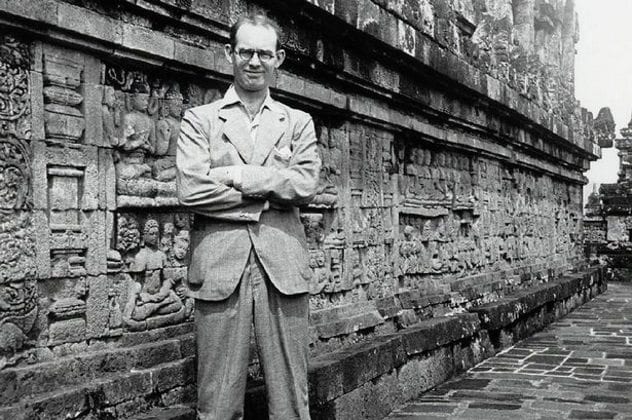
Welsh journalist Gareth Jones made his name by reporting on some of the most significant events of the early 20th century. He was in Leipzig in 1933 when Hitler was made chancellor of Germany. His crowning moment came after reporting on the Holodomor, the Soviet famine of 1933.
Jones’s work came with a heavy price, though, as he had made a powerful enemy and was banned from the Soviet Union for life. He then began traveling through Asia, looking for potential stories. He eventually ended up in Manchukuo, a puppet state of Imperial Japan which is today part of China.
Jones wanted to investigate the Japanese occupation of the region. He was accompanied by a German journalist named Muller. The pair found little cooperation from Japanese forces and were eventually captured by Chinese bandits. The journalists were supposed to be held for ransom, except that Muller was suddenly released a few days later. Jones was killed on August 12, 1935, before the ransom demands were even answered.
Controversy surrounded Jones’s death. Was he really murdered on the whim of bloody bandits, or was it all a well-planned assassination? The bandits could have been tipped off by the Japanese, who wanted to avoid a scandal. Allegedly, Japanese soldiers even instructed the journalists on the “safe” route to take to avoid capture.
A more prevalent opinion was that Jones’s death was revenge by the Soviets. One investigation alleged that both Jones’s Chinese contact and Muller were NKVD agents who lured him into a trap.
1 George Harry Storrs
1909
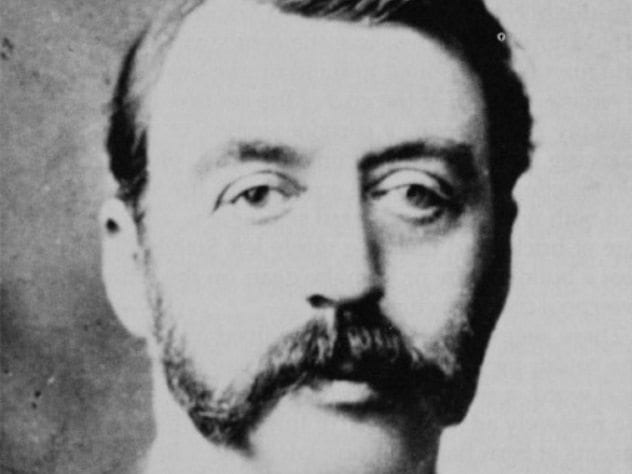
The murder occurred on November 1, 1909, at Gorse Hall, a well-known estate in Stalybridge, east of Manchester. The victim was wealthy businessman George Harry Storrs. He was home with his wife and niece when a mysterious intruder broke in and threatened them with a gun. A fight broke out between Storrs and his assailant. The women went to get help, and when they returned, they found Storrs dead from 15 stab wounds.
At first, it seemed like an open-and-shut case. Mrs. Storrs was rather certain that the killer was her nephew, Cornelius Howard. He was arrested and identified in a lineup, but during the trial, his lawyer brought several witnesses who testified that Howard was in Huddersfield taking part in a domino contest the night of the murder.
Police soon had another suspect: Mark Wilde, a man caught attacking a young couple with a knife. He had no alibi for the night of the murder but was acquitted due to insufficient evidence. Nobody else was ever charged.
There were whispers of two foreigners who arrived in Stalybridge shortly before the murder and disappeared afterward. This led some to speculate that they were relatives of Maria Hohl, seeking revenge. Hohl was a German governess who’d allegedly had an affair with Storrs and killed herself after becoming pregnant with his child.
Even today, the murder at Gorse Hall is still being investigated. One amateur historian believes that the killer was Alfred Derrick because he matched the description given by witnesses. He thinks it was a case of burglary gone bad.

